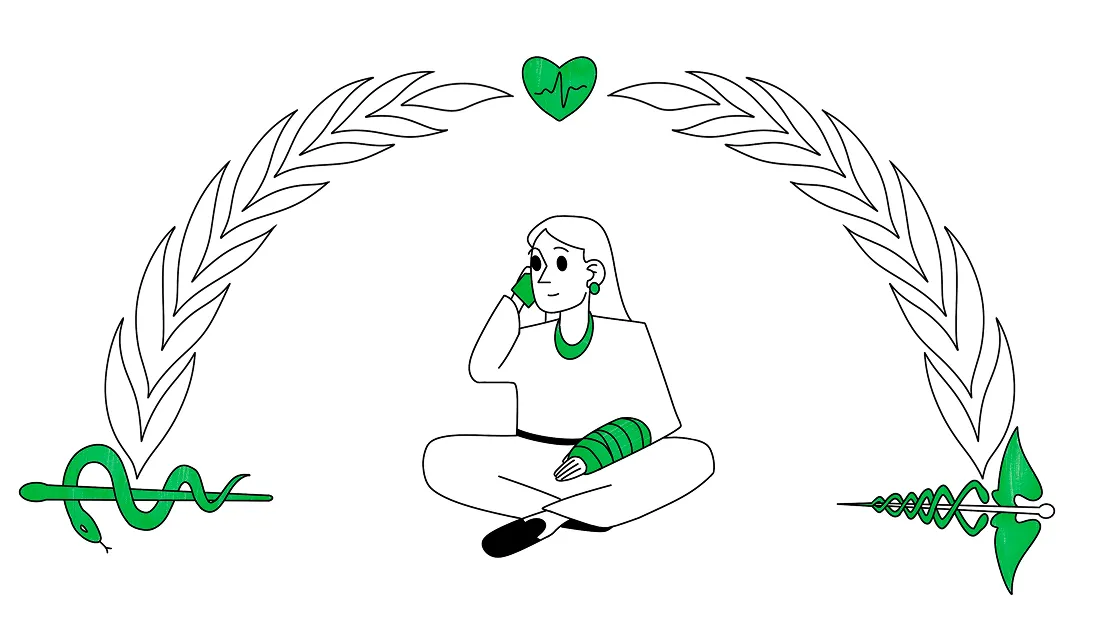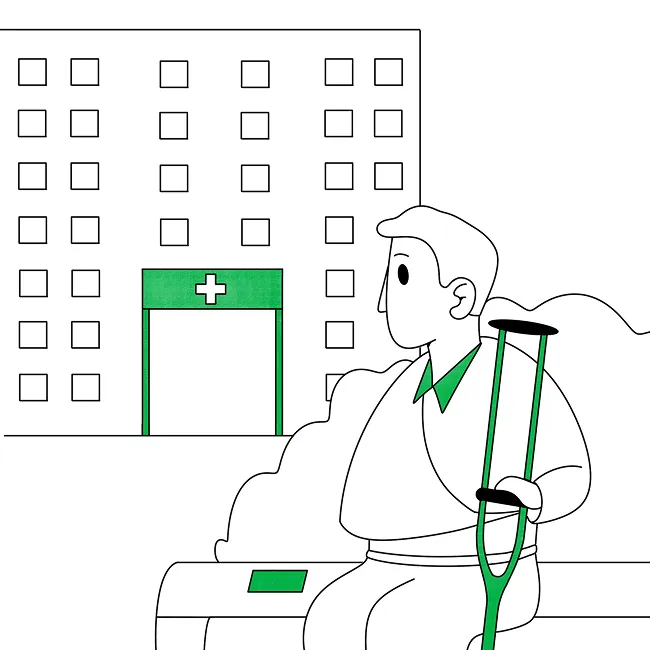Assessing the healthcare needs of Ukraine's adult population

From challenge to solution
April 2022. The Ukrainian Armed Forces have pushed Russian troops back from Kyiv, Ukraine continues to fight back, and liberated communities are beginning to rebuild their infrastructure. A researcher from the World Health Organization approached Rating Group.
“We understand that it's difficult. But we need to monitor what is happening in the healthcare sector. Do people have access to medicines and medical services? Can you help?”
February 2025. The WHO is releasing its sixth wave of monitoring of the healthcare sector in Ukraine since the start of the full-scale war. To this end, Rating Group surveys a representative sample of 4,000 Ukrainians every few months.
Why did the WHO turn to Rating Group?
Rating Group conducted surveys on the third day of the full-scale war. When the WHO approached us in April 2022, the company had already published the eighth wave of the survey “Ukraine in War Conditions.”
Rating Group also had similar experience in 2020 during the COVID-19 pandemic. At that time, our colleagues from UNICEF also wanted to monitor the situation. But the whole world went into lockdown, and surveys were significantly limited. However, we found a solution – CATI telephone surveys using our own methodology.
Methodology
The official standardized questionnaire from the WHO combines topics related to access to medical services, medicines, healthcare, and well-being.
The questionnaire coding system allows the results to be immediately uploaded to the WHO's unified data analysis system.
Every few months, Rating Group surveys 4,000 Ukrainian adults; there have been six waves since the start of the full-scale invasion.
At first, we discussed with our colleagues from the WHO whether it was appropriate to use a randomly generated sample of mobile numbers. At that time, Ukraine had undergone significant demographic changes and there were no statistical data available. However, the dynamics from other Rating Group studies proved the effectiveness of this approach.
How was this achieved? Using the CATI (computer-assisted telephone interviewing) method based on Rating Group's special technology.
After the second wave, we received positive feedback from the WHO, as the results did not show significant deviations and were consistent.

Insights: What did the WHO learn from this data?
Despite the full-scale war, Ukraine's healthcare system remains resilient.
The overall level of access to medical services is high: almost all respondents are aware of local medical services.
IDPs are relatively more likely to experience difficulties with medical services.
The situation with access to medicines has improved significantly since 2022. Shortages in pharmacies are not very common, and almost all households still have access to the medicines they need. However, their cost is a problem.
A significant portion of Ukrainians are still unaware of the “Affordable Medicines” program. Awareness needs to be raised.
